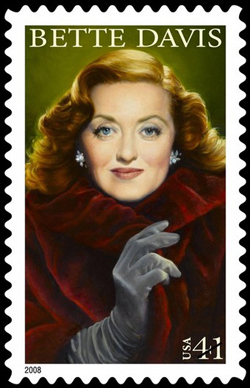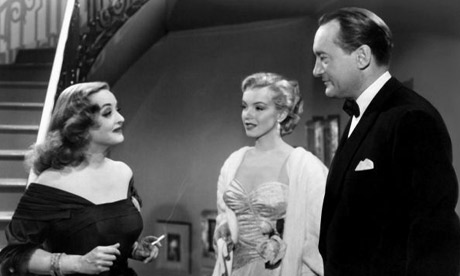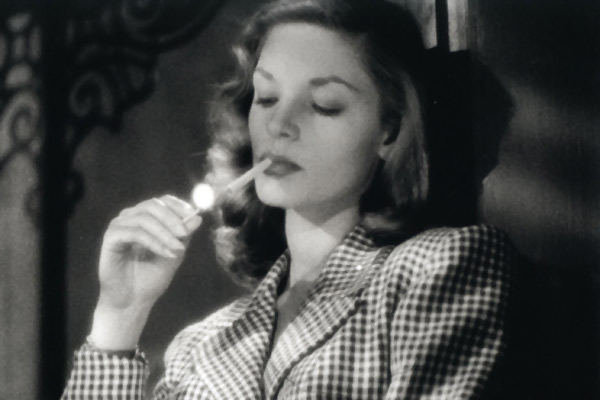Print and new media writers debate the pros and cons of writing about movies online, where everyone’s a critic in a roundtable from Cineaste, a leading publication on film.
In introducing the Critical Symposium on “International Film Criticism Today” in our Winter 2005 issue, we maintained, with a certain resigned pride, that “critics at independent film magazines have virtually complete freedom, and a generous amount of space, to express their opinions if they are willing to endure the relative (or, in some cases, total) penury that results from being unaligned with the corporate media.” In recent months, American critics, having been fired, downsized, or bought out by a host of publications, are realizing that even making compromises with their corporate employers does not guarantee them a job. Given the current economic malaise, the role of online criticism has become increasingly prominent. There has also been, at least in certain quarters, an intensification of the occasional friction between print critics and the denizens of the blogosphere. In a typically ungracious broadside in The New York Press, Armond White wailed that “Internetters…express their ‘expertise,’ which essentially is either their contempt or idiocy about films, filmmakers, or professional critics. The joke inherent in the Internet horde is that they chip away at the professionalism they envy, all the time diminishing critical discourse.”
One goal in coordinating this Critical Symposium on “Film Criticism in the Age of the Internet” was to chip away at some of the hyperbolic rhetoric exemplified by White’s jeremiad.
Twenty-three participants respond to these questions:
1) Has Internet criticism made a significant contribution to film culture? Does it tend to supplement print criticism or can it actually carve out critical terrain that is distinctive from traditional print criticism? Which Internet critics and bloggers do you read on a regular basis?
2) How would you characterize the strengths and weaknesses of critics’ blogs? Which blogs do you consult on a regular basis–and which are you drawn to in terms of content and style? Do you prefer blogs written by professional critics or those by amateur cinephiles?
3) Internet boosters tend to hail its “participatory” aspects–e.g., message boards, the ability to connect with other cinephiles through critics’ forums and email, etc. Do you believe this “participatory” aspect of Internet criticism (film critics form the bulk of the membership lists of message boards such as a film by and Politics and Film) has helped to create a genuinely new kind of “cinematic community” or are such claims overblown?
4) Jasmina Kallay, writing in Film Ireland (September-October 2007), has claimed that, in the age of the Internet, the “traditional film critic… is losing his stature and authority.” Do you agree or disagree with this claim? If you agree, do you regard this as a regrettable or salutary phenomenon?
Some of the advantages of online criticism:
1. Ability to read broadly and deeply — no more being limited to whoever happens to write for the local paper or to the reviews of movies currently in release.
2. A wider range of coverage from a wider range of perspectives. Mike D’Angelo, who went from his own site to Esquire, calls it “the freedom to define your own audience, both in terms of what you choose to address and how you go about addressing it. If you have no editor, maybe nobody’s catching your occasional lapse into self-indulgence; at the same time, though, neither is anybody shooting down your prospective ideas on the grounds that readers don’t give a damn about Guy Maddin or Hong Sang-soo.”
3. Immediacy and vitality of online writing.
4. Interaction and responsiveness between critics and between critics and their readers.
Advantages of print:
1. Editing. As J. Hoberman of The Village Voice puts it, “On the one hand, blogs are spontaneous and unedited; on the other, blogs are spontaneous and unedited.” (NOTE: The Village Voice has let go some of the country’s best film critics.)
2. Difficulty of finding the best that’s out there. Salon’s Stephanie Zacharek says, “Internet criticism has made a significant contribution to film culture in that it’s opened the door for a wide range of voices. But as we’re all seeing, it’s opened the door too wide: There are so many film enthusiasts–if not actual professional critics, either former or current–writing on the Web that now we’re faced with a great deal of noise. Let’s not even talk about the zillions of film bloggers who aren’t worth reading–who cares about them? The bigger problem is that many of the people writing about film on the Web are knowledgeable and have pretty interesting ideas. Unless you’re really systematic about checking up on all of them regularly, there are too many to even read, so good people get lost.”
Be sure to check out the list of recommended online sources for movie reviews and features.



